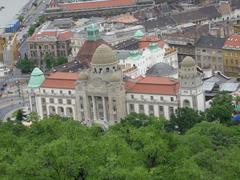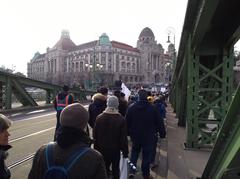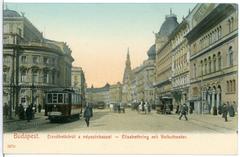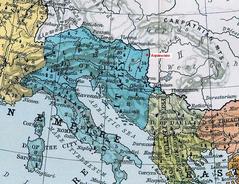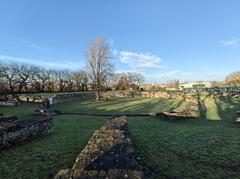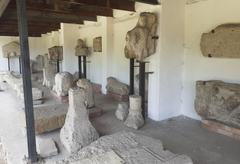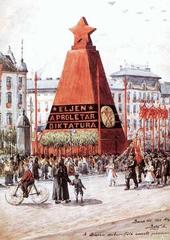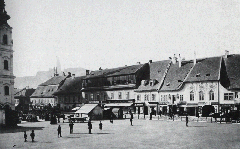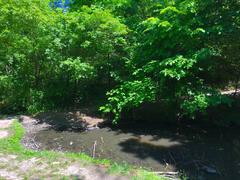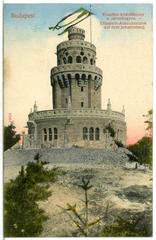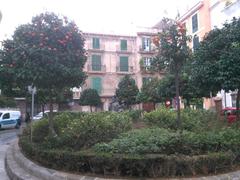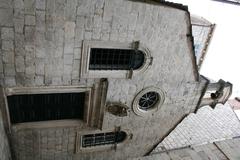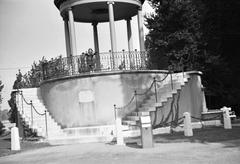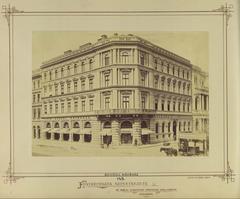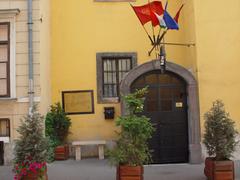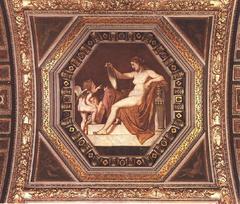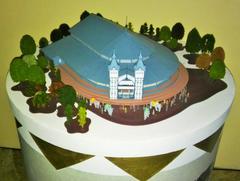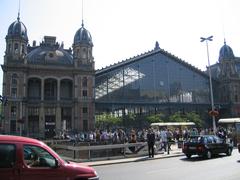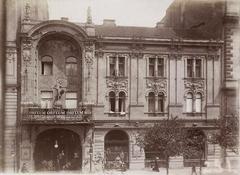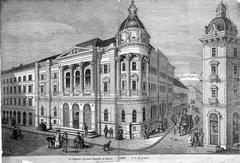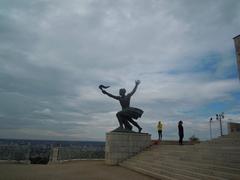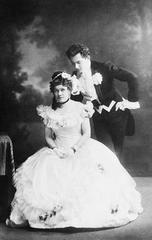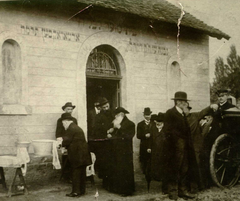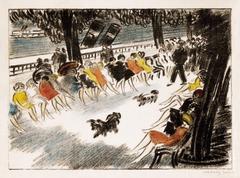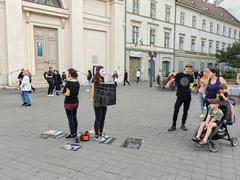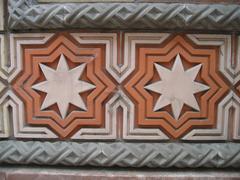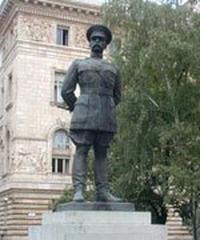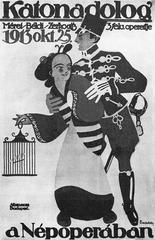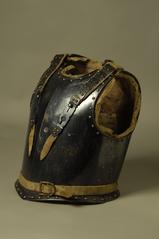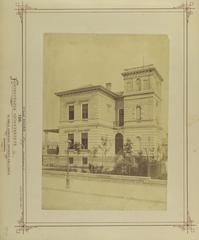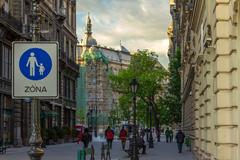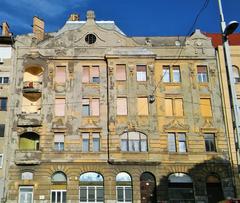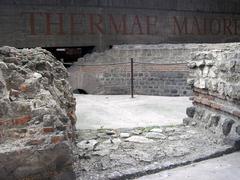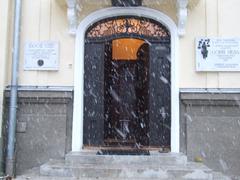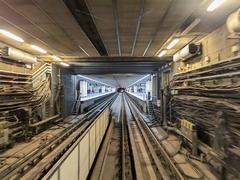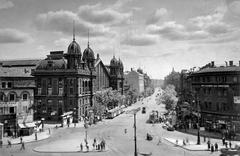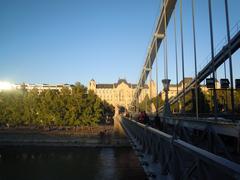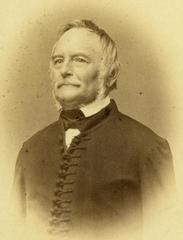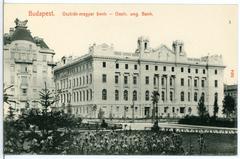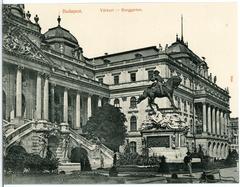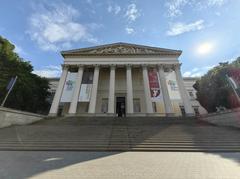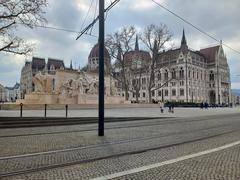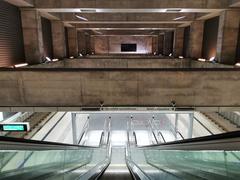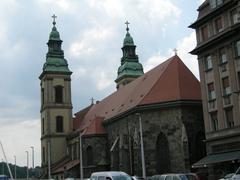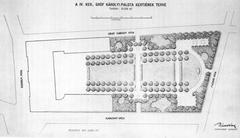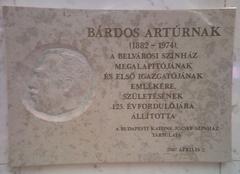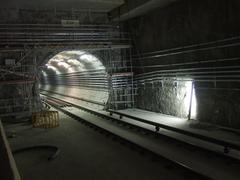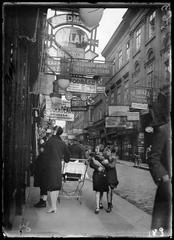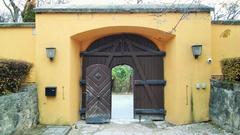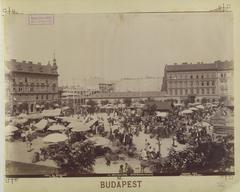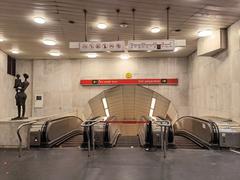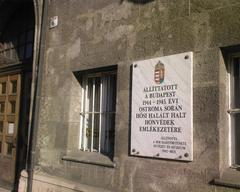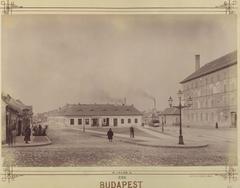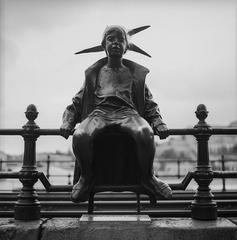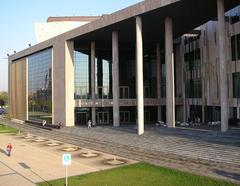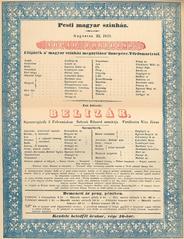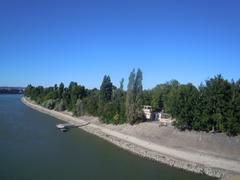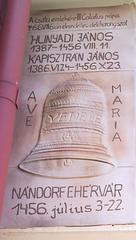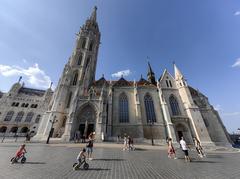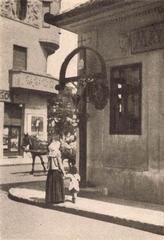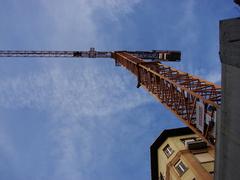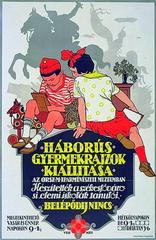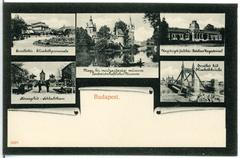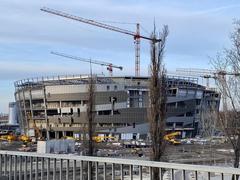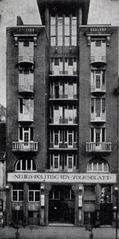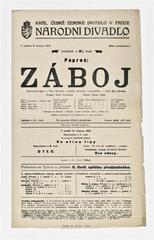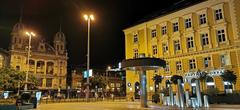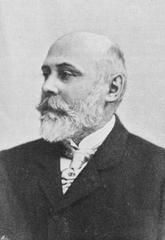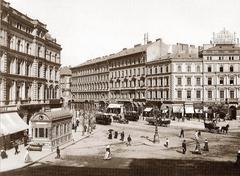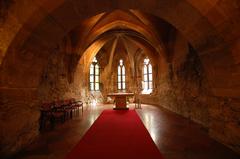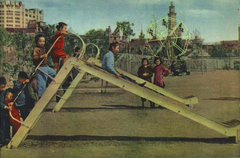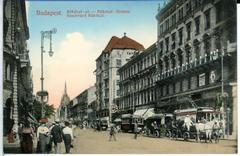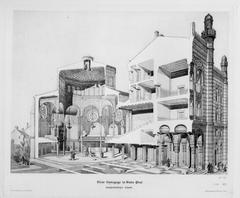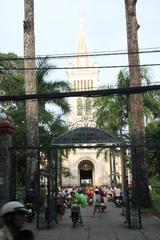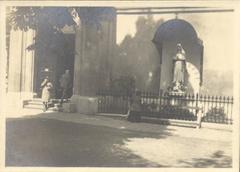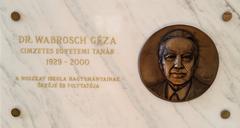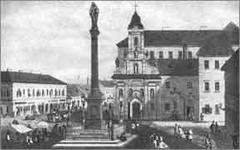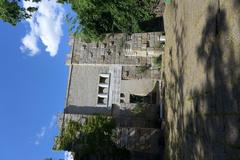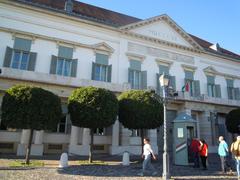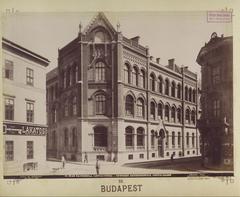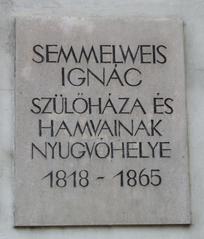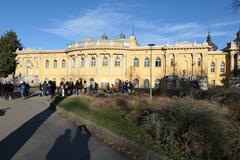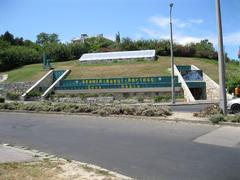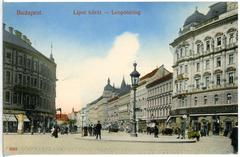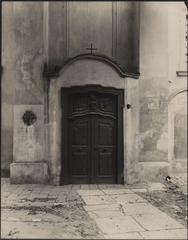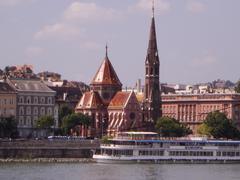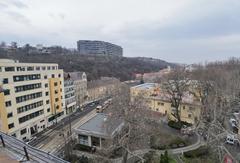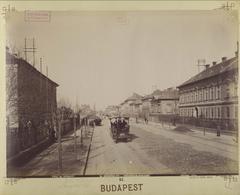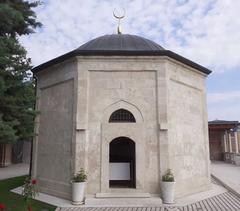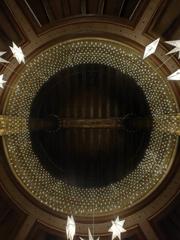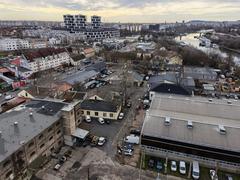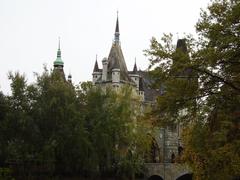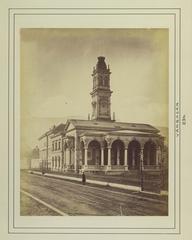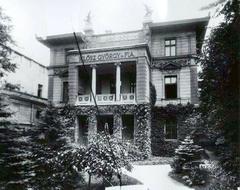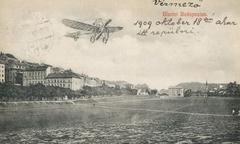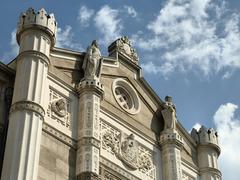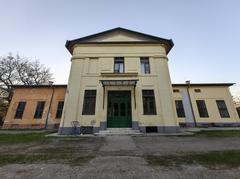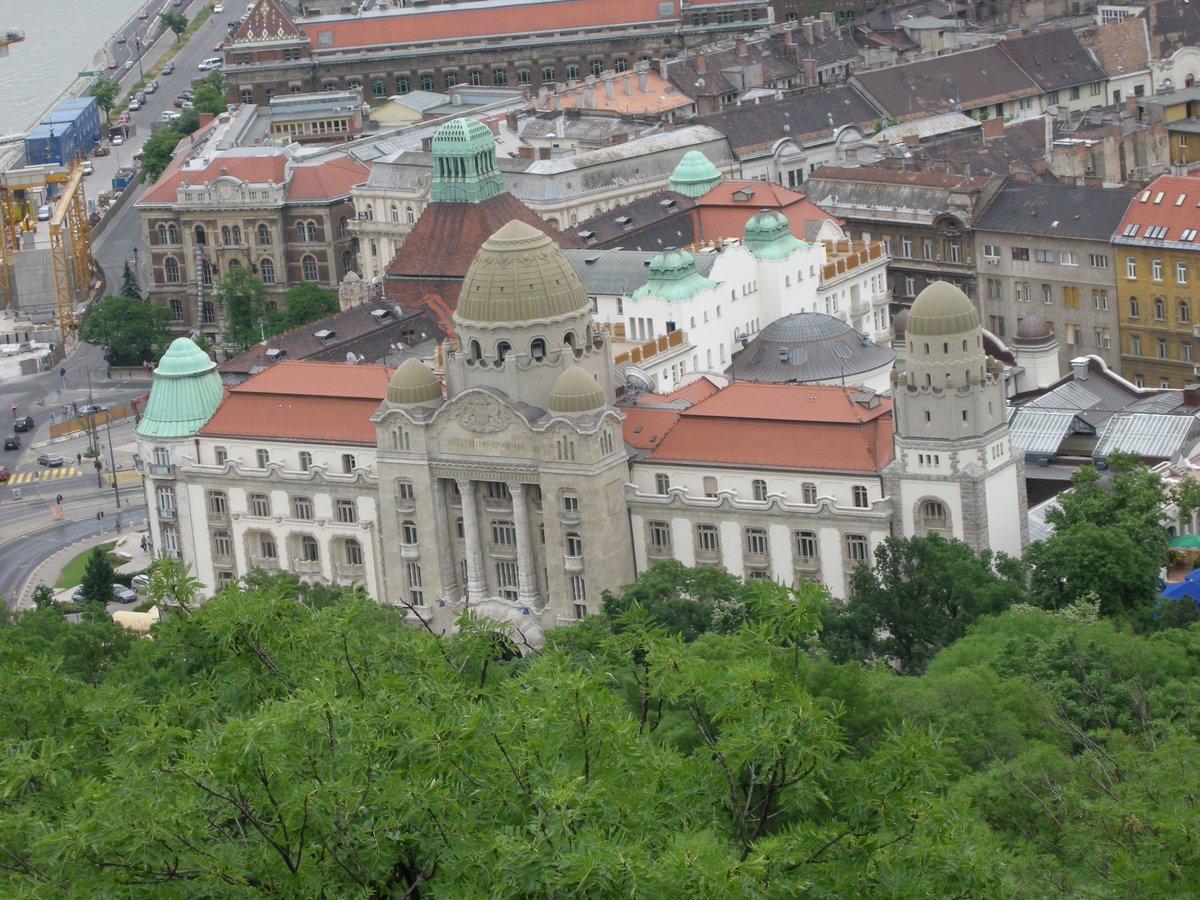
Comprehensive Guide to Visiting Hotel Gellért, Budapest, Hungary
Date: 17/07/2024
Introduction
Nestled at the foot of Gellért Hill in Budapest, Hungary, Hotel Gellért stands as a beacon of historical and architectural grandeur. Established in the early 20th century, this iconic hotel has witnessed pivotal moments in history, from its construction period between 1912 and 1918, through the ravages of both World Wars, to its evolution during the Communist era and beyond. Designed by renowned Hungarian architects Ármin Hegedűs, Artúr Sebestyén, and Izidor Sterk, the hotel epitomizes the Art Nouveau style that was prevalent at the time (Budapest.com).
Opening its doors in the final days of World War I, Hotel Gellért quickly became a symbol of luxury and elegance, attracting affluent guests from across Europe. The hotel’s storied past includes periods of expansion, reconstruction, and nationalization, each adding layers to its rich narrative. Integral to the hotel complex are the Gellért Baths, famous for their therapeutic thermal waters sourced from natural springs. These baths have been a cornerstone of Budapest’s spa culture, drawing visitors from around the world (Budapest Spas).
In the post-communist era, Hotel Gellért underwent privatization and extensive renovations to restore its former glory while incorporating modern amenities. Today, it stands as a testament to Budapest’s cultural and architectural heritage, offering a unique blend of historical charm and contemporary luxury (Hungary Today). This guide delves into the multifaceted history, cultural significance, and visitor information for Hotel Gellért, making it an essential resource for anyone planning to explore this extraordinary landmark.
Table of Contents
- [Introduction](#introductionintroduction)
- [Early 20th Century Origins](#early-20th-century-originsearly-20th-century-origins)
- [World War I and Opening](#world-war-i-and-openingworld-war-i-and-opening)
- [Interwar Period and Expansion](#interwar-period-and-expansioninterwar-period-and-expansion)
- [World War II and Reconstruction](#world-war-ii-and-reconstructionworld-war-ii-and-reconstruction)
- [Communist Era and Nationalization](#communist-era-and-nationalizationcommunist-era-and-nationalization)
- [Post-Communist Era and Privatization](#post-communist-era-and-privatizationpost-communist-era-and-privatization)
- [21st Century Developments](#21st-century-developments21st-century-developments)
- [Visitor Information for Hotel Gellért](#visitor-information-for-hotel-gellértvisitor-information-for-hotel-gellért)
- [Visiting Hours](#visiting-hoursvisiting-hours)
- [Tickets](#ticketstickets)
- [Nearby Attractions](#nearby-attractionsnearby-attractions)
- [Accessibility](#accessibilityaccessibility)
- [Cultural Significance](#cultural-significancecultural-significance)
- [Architectural Heritage](#architectural-heritagearchitectural-heritage)
- [Preservation Efforts](#preservation-effortspreservation-efforts)
- [Future Prospects](#future-prospectsfuture-prospects)
- [FAQ](#faqfaq)
- [Conclusion](#conclusionconclusion)
- [References](#referencesreferences)
Early 20th Century Origins
Hotel Gellért, an iconic symbol of Budapest, Hungary, has a rich history that dates back to the early 20th century. Constructed between 1912 and 1918, the hotel was designed by prominent Hungarian architects Ármin Hegedűs, Artúr Sebestyén, and Izidor Sterk. Influenced by the Art Nouveau style, the hotel aimed to cater to the burgeoning tourism industry in Budapest (Budapest.com).
World War I and Opening
Despite the challenges posed by World War I, Hotel Gellért was finally opened on September 24, 1918. The opening ceremony was a grand affair, attended by notable figures from Hungarian society. The hotel quickly gained a reputation for its opulence and high standards of service, attracting wealthy guests from across Europe.
Interwar Period and Expansion
During the interwar period, Hotel Gellért continued to thrive, becoming a hub for social and cultural events in Budapest. The hotel underwent several expansions and renovations to accommodate the growing number of guests. In 1927, the Gellért Baths were expanded to include an outdoor wave pool, which was a pioneering feature at the time (Hungary Today).
World War II and Reconstruction
The outbreak of World War II brought significant challenges to Hotel Gellért. The hotel was heavily damaged during the Siege of Budapest in 1944-1945. After the war, the hotel underwent a major reconstruction effort, completed in 1946, aiming to preserve the original Art Nouveau elements while incorporating modern amenities.
Communist Era and Nationalization
In 1948, Hungary fell under communist rule, leading to the nationalization of private enterprises, including Hotel Gellért. Despite the political changes, the hotel maintained its status as a premier establishment in Budapest, hosting numerous international dignitaries and events. The Gellért Baths remained a popular attraction, known for their therapeutic thermal waters sourced from natural springs (Budapest Spas).
Post-Communist Era and Privatization
The fall of communism in Hungary in 1989 marked a new chapter in the history of Hotel Gellért. The hotel was privatized in the early 1990s, leading to significant investments in its renovation and modernization. The new owners aimed to restore the hotel to its former glory while adapting it to contemporary standards of luxury and comfort.
21st Century Developments
In the 21st century, Hotel Gellért has continued to evolve, balancing its historical heritage with modern amenities. The hotel has hosted numerous international conferences, cultural events, and high-profile guests, solidifying its reputation as a landmark in Budapest. In recent years, the hotel has also embraced sustainability initiatives, incorporating eco-friendly practices in its operations.
Visitor Information for Hotel Gellért
Visiting Hours
Hotel Gellért is open year-round. However, the Gellért Baths have specific operating hours, typically open from 6 AM to 8 PM daily. It’s advisable to check the official website for the most current hours.
Tickets
Ticket prices for the Gellért Baths vary depending on the type of access and services. General admission tickets start at approximately 6,000 HUF (about 20 USD) for adults. Discounted prices are available for children, students, and seniors. Special packages and guided tours are also available.
Nearby Attractions
Hotel Gellért is conveniently located near several popular attractions, including the Liberty Bridge, Gellért Hill, and the Citadel. Visitors can also enjoy a stroll along the Danube River or explore the vibrant Great Market Hall.
Accessibility
The hotel and baths are equipped with facilities to accommodate guests with disabilities. Elevators, ramps, and accessible restrooms are available to ensure a comfortable visit for all guests.
Cultural Significance
Hotel Gellért holds a special place in Hungarian culture and history. The hotel has been featured in numerous films, books, and artworks, symbolizing the elegance and charm of Budapest. The Gellért Baths, with their stunning architecture and healing waters, are considered a national treasure, attracting visitors from around the world.
Architectural Heritage
The architectural heritage of Hotel Gellért is a testament to the creativity and craftsmanship of its designers. The hotel’s façade is adorned with intricate Art Nouveau motifs. The interiors are equally impressive, featuring marble columns, ornate chandeliers, and lavish furnishings. The Gellért Baths, with their mosaic-tiled pools, marble statues, and thermal baths, are a masterpiece of early 20th-century design (Hungarian Tourism Agency).
Preservation Efforts
Preserving the historical and architectural integrity of Hotel Gellért has been a priority for its owners and the Hungarian government. The hotel is listed as a protected monument, ensuring that any renovations or modifications adhere to strict guidelines. Efforts to preserve the hotel’s heritage include regular maintenance, restoration projects, and the promotion of its historical significance to visitors.
Future Prospects
As of 2024, Hotel Gellért continues to be a symbol of Budapest’s rich history and cultural heritage. The hotel is poised to undergo further renovations to enhance its facilities while preserving its historical charm. Plans for the future include the expansion of the Gellért Baths, the introduction of new dining and entertainment options, and the promotion of the hotel as a premier destination for luxury travel.
FAQ
What are the visiting hours for Hotel Gellért? Hotel Gellért is open year-round, but specific sections like the Gellért Baths typically operate from 6 AM to 8 PM daily. Check the official website for the most current hours.
How much do tickets to the Gellért Baths cost? General admission tickets start at around 6,000 HUF (20 USD) for adults, with discounts for children, students, and seniors.
Are there guided tours available? Yes, special packages and guided tours are available for visitors interested in exploring the hotel’s rich history and architectural beauty.
What nearby attractions can be visited? Nearby attractions include Liberty Bridge, Gellért Hill, the Citadel, the Danube River, and the Great Market Hall.
Is Hotel Gellért accessible for guests with disabilities? Yes, the hotel and baths are equipped with elevators, ramps, and accessible restrooms to accommodate guests with disabilities.
Conclusion
Hotel Gellért is more than just a place to stay; it is a living monument to Budapest’s rich history and cultural heritage. From its Art Nouveau architecture to its luxurious thermal baths, the hotel offers a unique glimpse into the past while providing modern comforts and amenities. Over the decades, it has hosted numerous dignitaries, celebrities, and tourists, each contributing to its storied legacy (Hungarian Tourism Agency).
As we look to the future, Hotel Gellért continues to evolve, embracing sustainability and modernity without compromising its historical essence. Plans for further renovations and expansions are on the horizon, aimed at enhancing the guest experience while preserving the hotel’s unique character. Whether you are drawn by its historical significance, architectural beauty, or therapeutic baths, Hotel Gellért promises an unforgettable experience in the heart of Budapest (Danubius Hotels).
For those planning a visit, this guide provides comprehensive information on visiting hours, ticket prices, nearby attractions, and practical tips to ensure a memorable stay. Hotel Gellért remains a testament to the enduring allure of elegance, history, and hospitality, inviting you to explore its many facets and experience the best of Budapest.
References
- Budapest.com. (n.d.). Exploring the Rich History and Visitor Guide of Hotel Gellért, Budapest. source
- Hungary Today. (n.d.). Interwar Period and Expansion. source
- Budapest Spas. (n.d.). Communist Era and Nationalization. source
- Hungarian Tourism Agency. (n.d.). Architectural Heritage. source
- Danubius Hotels. (n.d.). Explore the Best Attractions at Hotel Gellért in Budapest. source
